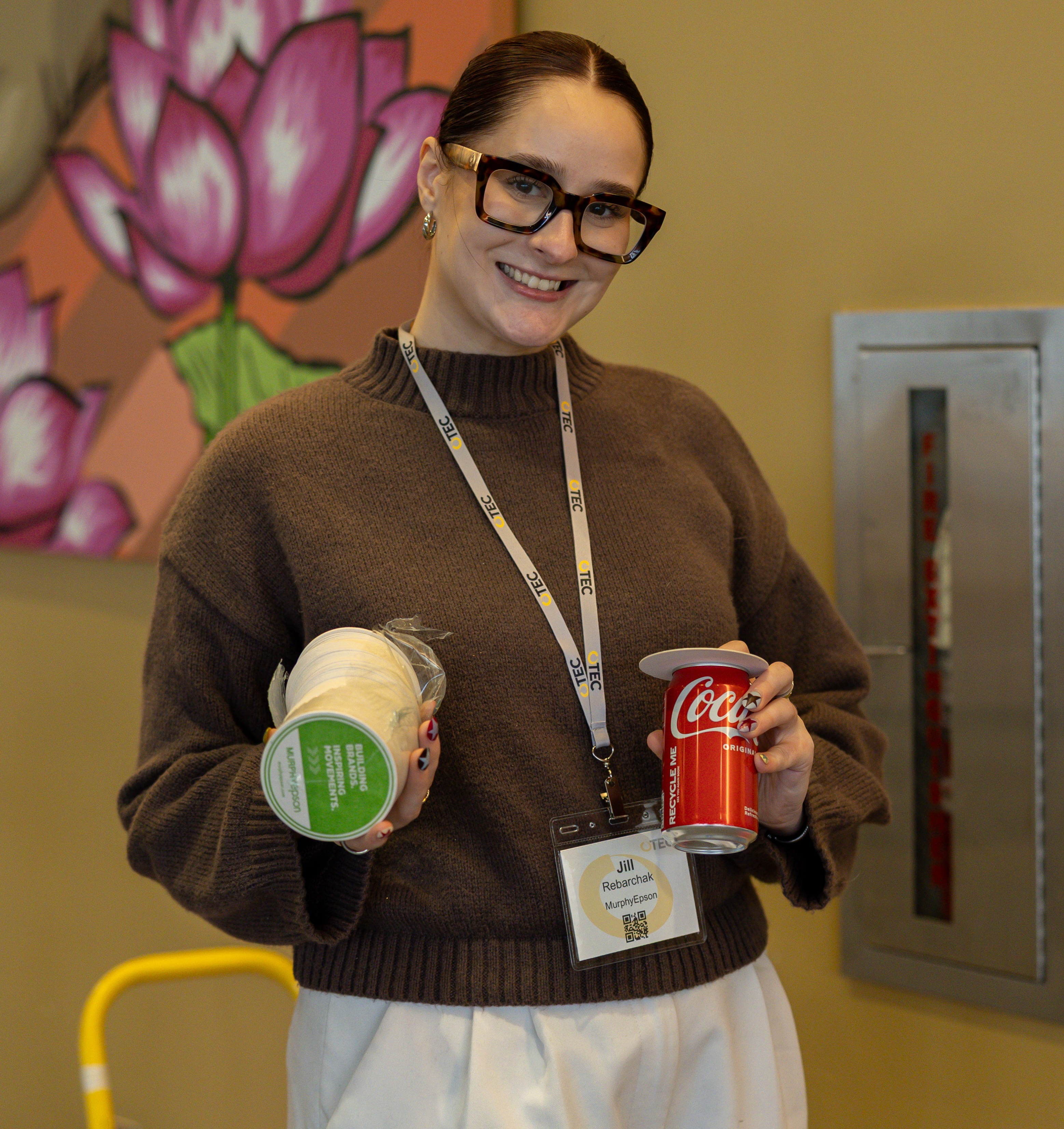
For several years now, I’ve had the privilege of speaking at the Ohio Transportation Engineering Conference (OTEC) – a gathering that brings together thousands of engineers, planners, communicators and public-sector leaders who share one thing in common: working with the public. And often, that means working with people who are frustrated, skeptical or downright mad.
My session – alongside our friends at Rasor (and Senior Account Executive Krysti Barnhill) – focused on something we face every day at MurphyEpson: navigating community conflict with empathy, composure and authenticity. But more than that, it was about listening with empathy and respect to bridge between technical expertise and human emotion.
When people are angry, what they’re really saying is: “I care.” When we think about it that way, we can often find our way to common ground.

Why People Get Mad (and Why That’s Not Always a Bad Thing)
Anger usually stems from fear – fear of change, of loss or of being ignored. And to be fair, there’s history behind that mistrust. Past mistakes by institutions or developers have left communities wary of “the process.” Today’s polarized climate doesn’t help either; public meetings can feel like arenas where outrage has the loudest microphone.
But anger isn’t always bad. It means people are invested. They’re paying attention. They want to be heard. That gives us something to work with – if we can stay grounded enough to really listen.
Preparing Yourself and Your Audience
Handling conflict well begins long before a public meeting (or other interaction) starts.
Prepare yourself: Be calm, curious and compassionate. Remind yourself that your role is to be of service – to both the project and the people affected by it. And be prepared. We have so many tools now (social media, media monitoring, etc.) to help us understand what might be on people’s minds. Anticipate those questions. Get the answers beforehand. Better yet, bring them into the conversation! And practice what you’ll say if you don’t have the answer yet.
Prepare your audience: Set expectations clearly and early. They need to know exactly why they are there – and what their input can and cannot impact. Explain that public input is advisory; it informs decisions alongside technical and financial factors. People appreciate honesty, even when they don’t love what you say.
Acknowledge the elephant in the room: Yes, anticipate the tough questions. Address them with empathy, not defensiveness. You can’t solve every concern, but you can show that every concern was heard.
When the Temperature Rises
Even with preparation, someone will still be mad. That’s OK.
The key is to de-escalate with respect. Speak softly when others speak loudly. Listen for the truth behind the frustration and respond to that. Redirect productively and, if needed, take the conversation offline. Sometimes, the most meaningful breakthroughs happen over coffee after the meeting ends. If you go about this the right way, the people you consider opponents can become your champions.
The Role of Storytelling
Facts tell, but stories connect.
When we frame projects around people – how they’ll make commutes safer, neighborhoods more accessible or futures more sustainable – we shift the conversation from opposition to understanding. Storytelling gives meaning to the numbers, and it helps everyone see their place in the bigger picture.
Here’s a hypothetical example.
Imagine a city preparing to replace a decades-old water main running beneath one of its busiest roadways..
Our technical friends are likely thinking about it like this: “The city is installing 4,000 linear feet of 36-inch ductile iron pipe to improve capacity and pressure reliability for future development.”
That’s accurate, but it doesn’t connect. Most residents don’t know what a ductile iron pipe is, and they don’t need to. What they want to know is how the project will affect their families, their neighborhoods and their future.
A better story might sound like this: “We’re replacing the aging water main under Main Street to make sure families and businesses have clean, reliable water for decades to come. The new line will reduce service disruptions, improve fire safety and support the next generation of growth in our community. We know construction can be temporarily messy and inconvenient, but we need to do this work now so our children and children’s children don’t have to worry about what’s underground – they can simply trust that it works.”
Both descriptions are true. But one focuses on systems; the other focuses on people. That’s the heart of effective storytelling – it translates the technical into the human. It helps audiences understand not just what’s happening, but why it matters, and it connects today’s investment to tomorrow’s peace of mind.
At MurphyEpson, that’s what we strive to do every day: help our partners turn complex projects into shared stories that build trust, one conversation at a time. We’re fortunate enough to have worked with partners in their technical spaces for more than 35 years. That helps us know how to support you!

A Final Thought
Not every meeting ends with applause. Sometimes, the best you can achieve is begrudging acceptance – a sense that the process was fair, transparent and human. And that’s still a win.
When people are mad, it’s our chance to lead with empathy, patience and respect. That’s not just good communication – it’s good citizenship.
